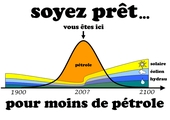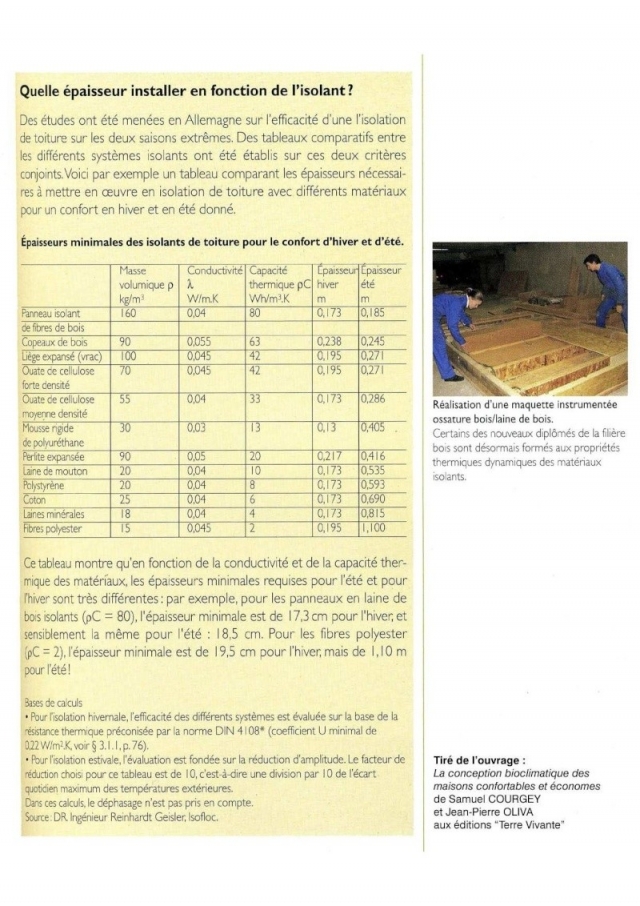I am doing a study on the insulation of a house to show the differences that there is between a house well and badly insulated.
I made my calculation of thermal losses and I am now calculating the inertia because that which interests me of course is the money saving that can be done.
I was told that a better inertia could allow me to lower the temperature of my boiler so I earn money.
Here is the method I used to calculate the inertia:
- Inertia = thickness² / thermal diffusivity
- Thermal diffusivity = thermal conductivity / density x thermal capacity
The walls of the house before insulation work: brick and plasterboard
The walls of the house after insulation work: wooden cladding, polystyrene, brick and plaster
After calculation I find an inertia before works: 71h
after work: 216h
1ere question: Are these values plausible?
2e question: If yes to the 1ère, what is it worth?
3th question: How with values, know how much I can earn on my heating bill?
Thank you in advance for your answers and for your







